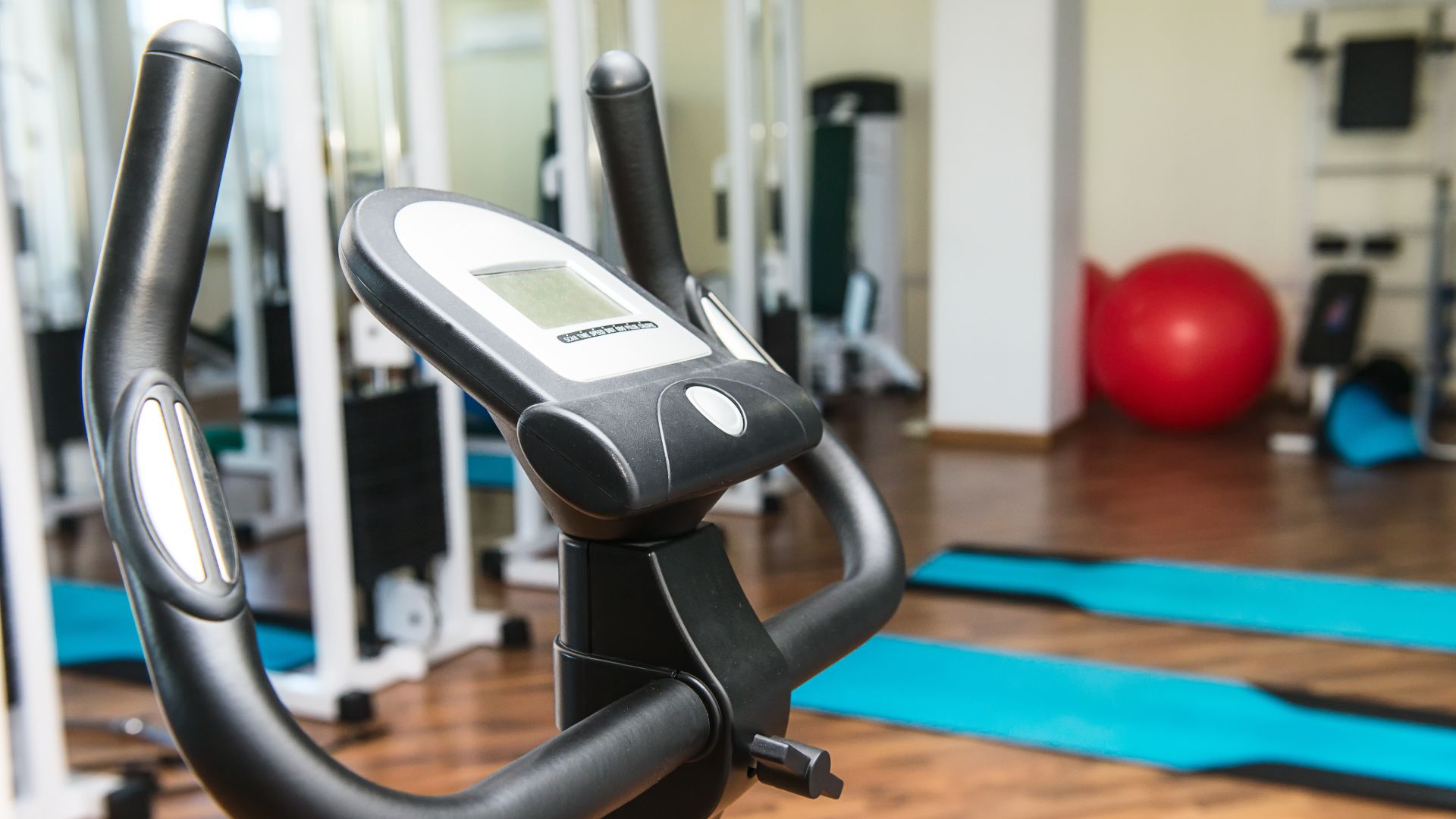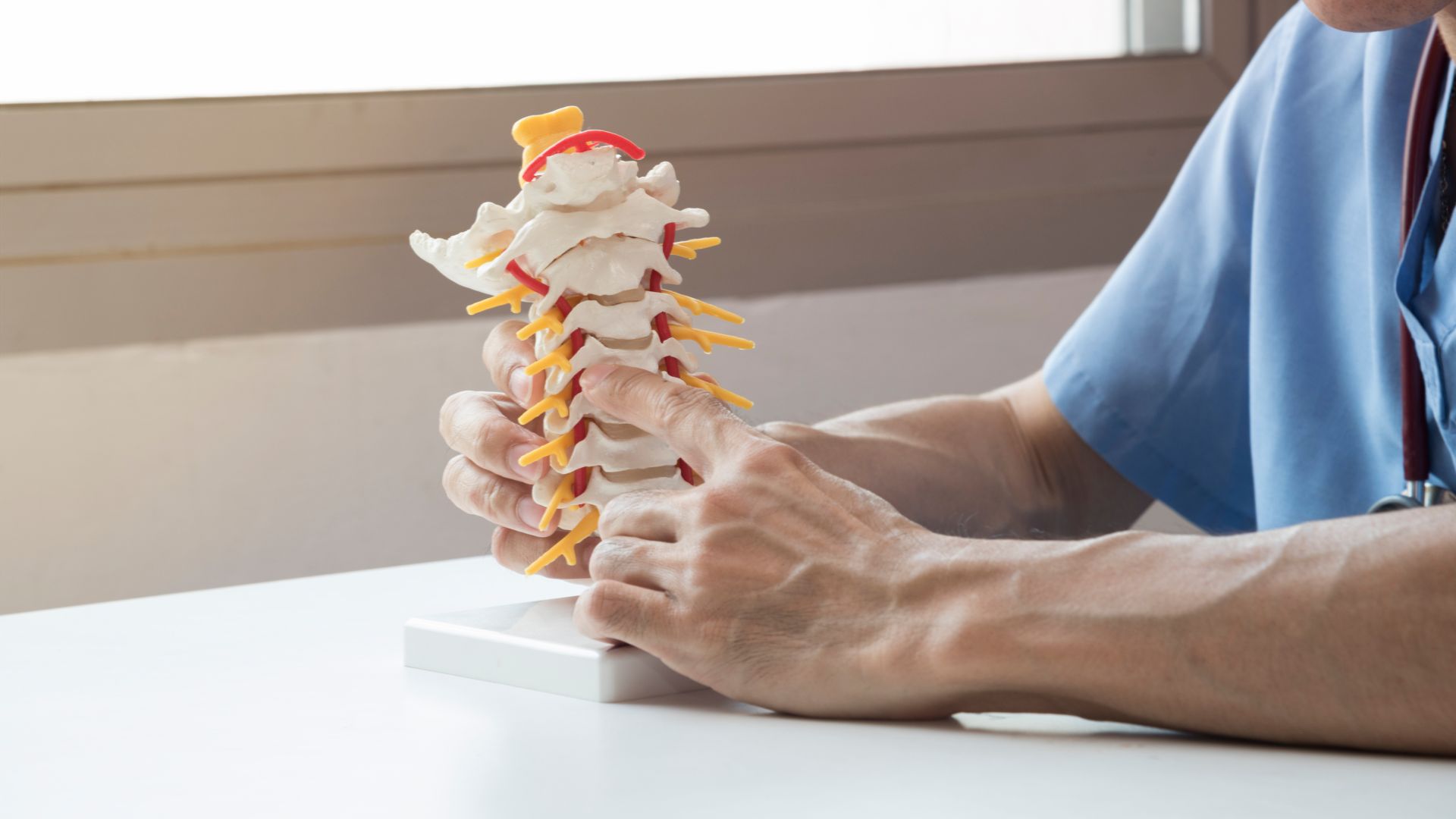Good posture is more than just standing up straight—it plays a crucial role in preventing chronic pain, improving mobility, and enhancing overall well-being. Poor posture can lead to back pain, neck tension, headaches, and even reduced energy levels. Fortunately, small daily adjustments can make a significant difference.
Why Posture Matters
Proper posture ensures that your muscles, joints, and spine are in optimal alignment, reducing strain and preventing long-term injuries. When posture is poor, certain muscles become overworked while others weaken, leading to imbalances that contribute to chronic pain.
Common Causes of Poor Posture
Several factors contribute to poor posture, including:
- Sedentary Lifestyle – Sitting for long hours without proper back support.
- Tech Neck – Constantly looking down at phones or computers.
- Weak Core Muscles – A weak core fails to support the spine properly.
- Incorrect Sleeping Positions – Sleeping on an unsupportive mattress or in awkward positions.
- Wearing Unsupportive Shoes – High heels and flat shoes without arch support can misalign your posture.
Tips to Improve Your Posture
1. Sit Smart
- Keep your feet flat on the floor and knees at a 90-degree angle.
- Maintain a straight back with shoulders relaxed.
- Use a chair with proper lumbar support or place a small pillow behind your lower back.
- Avoid crossing your legs for extended periods.
2. Stand Tall
- Keep your shoulders back and relaxed.
- Engage your core muscles to support your lower back.
- Distribute your weight evenly on both feet.
- Avoid locking your knees when standing for long periods.
3. Adjust Your Workstation
- Position your screen at eye level to prevent slouching.
- Use an ergonomic chair with lumbar support.
- Keep your keyboard and mouse at a comfortable height to avoid strain.
- Take breaks every 30 minutes to stand up and stretch.
4. Strengthen Your Core
A strong core supports the spine and maintains proper posture. Some effective exercises include:
- Planks – Engage your core and hold for 30–60 seconds.
- Bridges – Lie on your back, lift your hips, and squeeze your glutes.
- Bird-Dog – Extend one arm and the opposite leg while keeping your back straight.
5. Stretch Regularly
Stretching helps release tension in overworked muscles and improves flexibility. Key stretches include:
- Chest Opener Stretch – Stand with hands behind your back and pull your shoulders back.
- Neck Stretches – Gently tilt your head from side to side to release tension.
- Cat-Cow Stretch – Helps loosen the spine and improve mobility.
6. Improve Sleep Posture
- Sleep on your back or side with a pillow supporting your neck.
- Avoid sleeping on your stomach, as it strains the neck and spine.
- Use a mattress that provides proper support.
7. Seek Professional Help
If you experience persistent pain, a physiotherapist, chiropractor, or massage therapist can assess your posture and provide personalized treatments. Simply Align Rehab offers expert care to help you correct posture-related issues and prevent long-term discomfort.
Final Thoughts
Improving posture is a long-term commitment, but with small daily adjustments, you can prevent chronic pain and enhance your quality of life. Start making changes today, and if you need professional guidance, our team at Simply Align Rehab is here to help!




